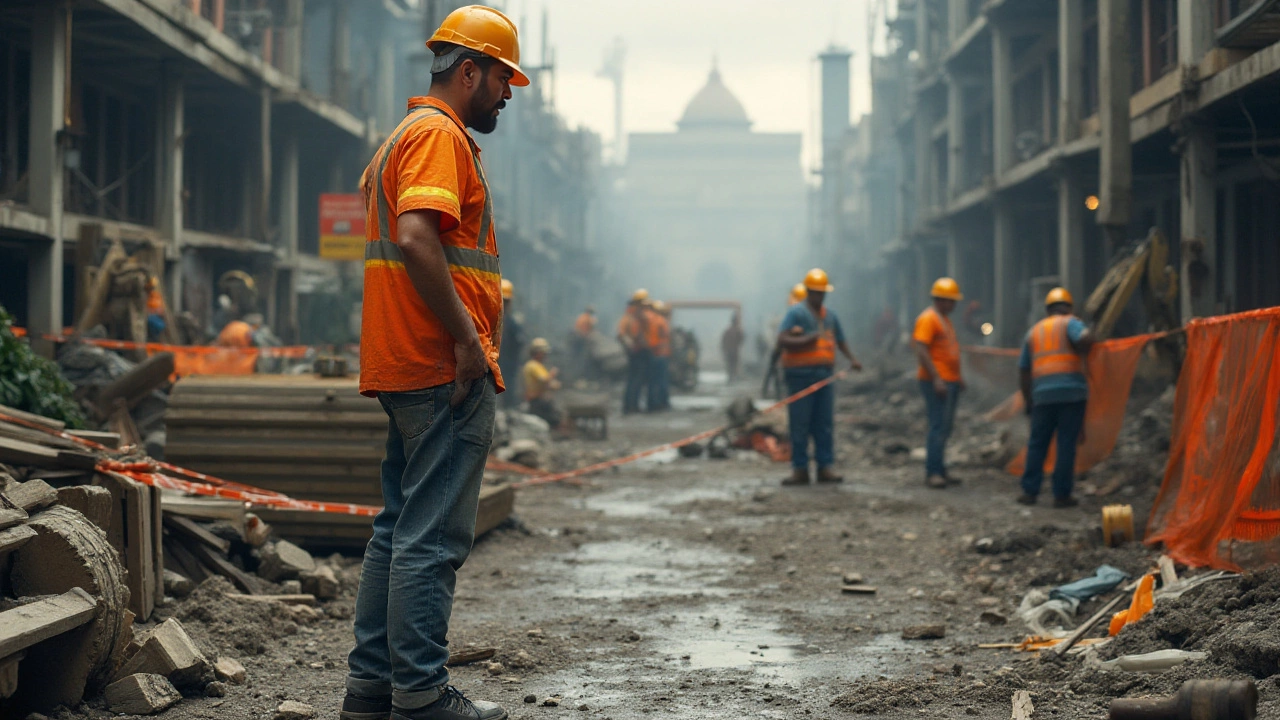Safety Boots: Your Complete Work Footwear Overview
When working with safety boots, sturdy footwear designed to protect the feet from hazards on the job. Also known as work boots, they are a core part of any personal protective equipment set.
One common sub‑type is steel toe boots, boots that feature a reinforced toe cap to shield against falling objects. These boots sit beside other personal protective equipment, gear like helmets, gloves, and eye protection that together keep workers safe. The presence of a steel toe is a clear indicator that the footwear meets higher impact standards.
Another vital feature is a slip‑resistant sole, a tread designed to grip wet or oily surfaces and prevent falls. Slip resistance pairs with durability; many models use oil‑tanned leather or multi‑layer rubber to endure harsh environments. When the sole grips well, the boot reduces workplace accidents, which directly supports safety boots effectiveness.
How to Choose the Right Safety Boots
Comfort matters just as much as protection. Ergonomic footbeds, breathable linings, and proper ankle support keep you on your feet longer without fatigue. Look for boots that balance a snug fit with enough room for toe movement—too tight and you risk blisters, too loose and the protective elements shift.
In the UK, workplace safety regulations, laws that require employers to provide suitable PPE, including appropriate footwear dictate minimum standards for protection levels. These regulations influence the selection of steel toe or composite toe options, as well as the need for electrical hazard (EH) rating when working around live circuits.
When shopping, compare the boot’s EN ISO 20345 rating, which measures impact resistance, compression resistance, and toe protection. A higher rating means the boot can absorb more energy from a falling object, directly linking the boot’s design to the safety outcome.
Maintenance extends the life of your boots. Regularly clean the exterior, check the sole for wear, and replace insoles as they compress. Proper care ensures the protective features remain functional, aligning with the broader goal of keeping your feet safe day after day.
With these points in mind, you’ll be ready to pick a pair that meets the job’s demands, complies with legal standards, and feels good on your feet. Below you’ll find a curated set of articles that dive deeper into each of these topics, offering practical tips and up‑to‑date information to help you make the best choice.
- Cleo Fairchild
- Jan, 15 2025
- 0 Comments
Worksite Footwear Disasters: Shoes to Avoid on the Job
Choosing the right footwear for a job site is crucial to ensuring safety and preventing accidents. This article explores types of shoes that should never make their way onto a worksite, shedding light on the dangers of improper footwear. By understanding the right and wrong choices, you can protect your feet and enhance your job performance. Learn practical tips and insights into the characteristics of optimal worksite shoes. Keep your feet secure and your performance optimal with the right footwear.
- Cleo Fairchild
- Dec, 7 2024
- 0 Comments
Understanding OSHA Compliant Footwear for Workplace Safety
Choosing the right OSHA approved footwear is essential for maintaining safety and comfort in various work environments. These shoes are designed to meet specific safety standards and protect workers from potential hazards. Understanding the types of shoes available, the regulations they comply with, and the unique features they offer can help in making informed decisions. Different industries may require specific features such as slip-resistance, toe protection, or electrical hazard protection. These insights will guide you in selecting the correct footwear to ensure safety and compliance in the workplace.

